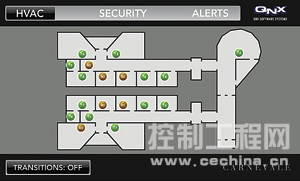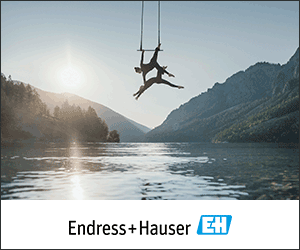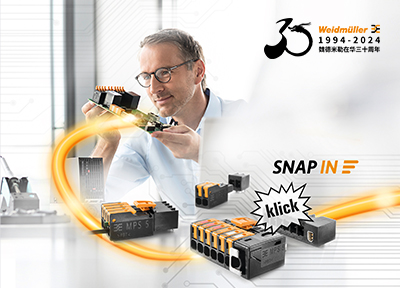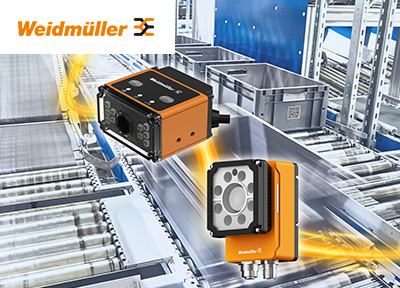
To evaluate the suitability of a Adobe Flash Lite based smart screen, QNX developers crated a buliding automation systerm and HMI
Smart screens are becoming the preferred HMI for a variety of industrial control applications. These smart screens are essentially the same as those for consumer applications. The key differences lie in the underlying applications and the HMI design.
Where consumer applications may emphasize the “Wow!” factor—with morphing widgets and other non-essential but eye-catching features—industrial smart screens must provide clear and readily understandable interfaces. In additionwww.cechina.cn, industrial HMIs must be designed to be consistent over many years and easily updatable. They must maintain a consistent lookCONTROL ENGINEERING China版权所有, feelwww.cechina.cn, and functionality even as the systems beneath them change.
This requirement for consistency and ease of use does not imply that creating smart screens for industrial applications is less difficult than for consumer electronics. In addition to providing on-screen information and controls, smart screens may need to provide interactive access to layered diagrams, blueprints and maps, embedded videos, and other media. Above allwww.cechina.cn, they must offer industrial-grade reliability.
Building smart screen HMIs with Adobe Flash Lite allows developers to take advantage of the Flash toolbox, which includes all the elements needed to build a clear, effective smart screen, and which supports the most stringent d


 在线会议
在线会议 论坛
论坛 专题
专题 工控直播
工控直播 新闻中心
新闻中心 子站
子站 技术
技术 社区
社区



 IDEC HR8S系列新一代安全继电器有奖试用活动
IDEC HR8S系列新一代安全继电器有奖试用活动 2025(第二十一届)年度最佳产品奖有奖投票中
2025(第二十一届)年度最佳产品奖有奖投票中 AVEVA剑维软件食品饮料行业白皮书有奖下载
AVEVA剑维软件食品饮料行业白皮书有奖下载 立即有奖下载TE重载连接器选型指南
立即有奖下载TE重载连接器选型指南 2025(第十四届)全球自动化和制造主题峰会
2025(第十四届)全球自动化和制造主题峰会




























